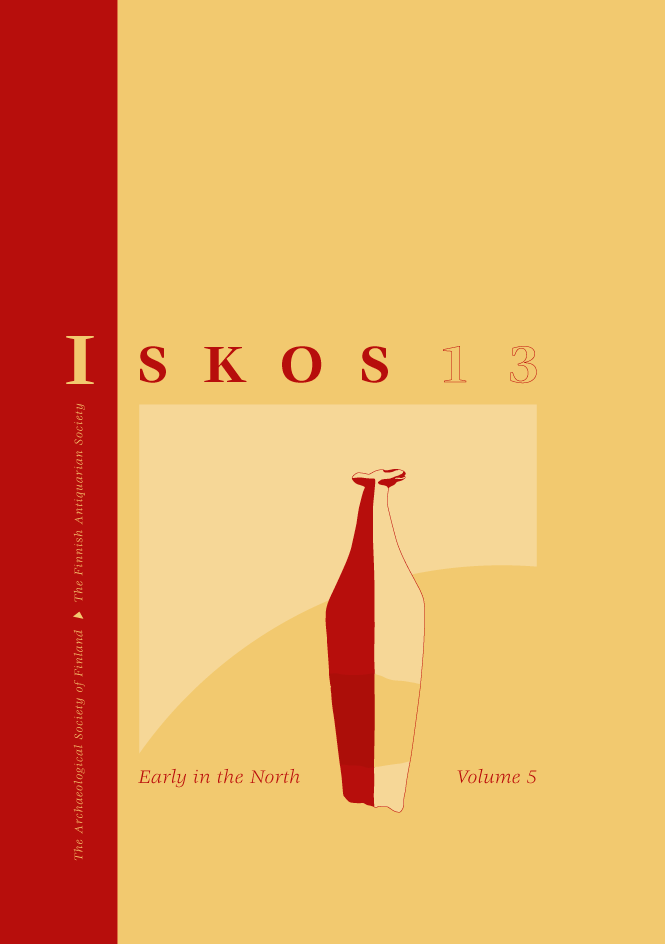The Archaeology of the Ancient Lake Kolpene in Rovaniemi: a Review of Investigations
Abstract
In this review l have described the archaeological research history around the Ancient Lake Kolpene basin without presenting new evidence, as the recent investigation by Hannu Kotivuori is based on the most comprehensive material available. However, l would like to draw attention to one important question, which has occupied my mind for a long time: the mechanism of the lowering of the water level in the lake. Just below the Combed Ware (style ll) site in Kolpene there is a distinct abrasion brink that might indicate a stable water level stage lasting for some time. On the other hand, the lower section (between 74 and 75 m asl) of the Niskanperä site contained two arrowheads dated by Paula Purhonen (1973) to the final stage of the Combed Ware (style ll) period. These show that the site was occupied immediately after the Kolpene site was abandoned; thus the water-level of the lake had sunk from the 77 m level to the 74-75 m level, i.e. 2-3 m, during the Combed Ware (style ll) stage. Such a rapid drop in water level could have been caused by a sudden erosion in the Valajainen threshold, which seems a plausible type of erosion in a narrow channel like this. According to Arto Turjamaa's interpretation of the pollen sequence and lithology of his Salmijärvi core, the Kolpene lake had a stable stage between two rapid regressions some time before the advance (rational limit) of spruce (Turjamaa 1997); this is dated to ea. 2000 calBC in the region of Rovaniemi (Saarnisto 1981). Thus this stable stage could correspond with the formation of the above-mentioned abrasion brink at Kolpene, but more fieldwork is needed to ascertain this correlation.




